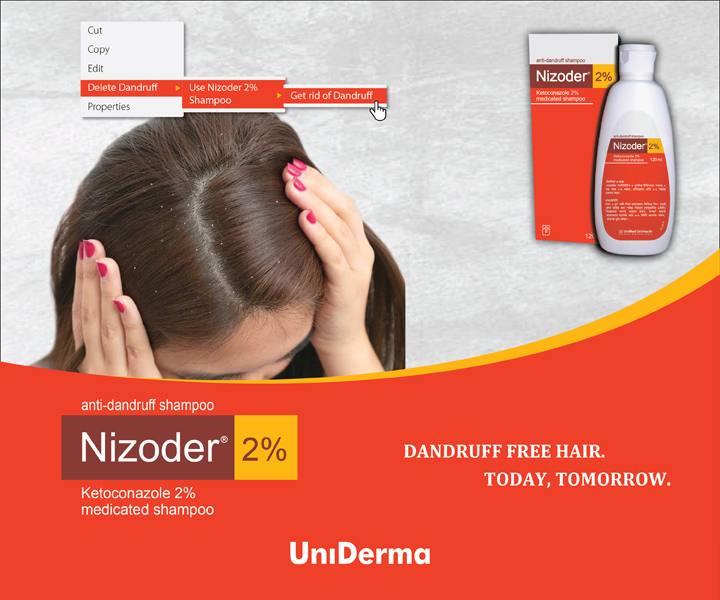Seborrheic Dermatitis in Older Adults: Pathogenesis and Treatment Options
PubMed: Published on April 2022
Seborrheic dermatitis (SD) is a
common inflammatory skin disease, which is particularly prevalent in older
adults, presenting with papulosquamous morphology in areas rich in sebaceous
glands, particularly the scalp, face, and body folds.
Pathogenesis
While a specific cause of
seborrheic dermatitis remains largely unelucidated, the currently understood
pathogenesis of seborrheic dermatitis revolves around the presence of
Malassezia yeast colonies and an inflammatory response in the affected
individual.
Sebaceous glands may play a
permissive role in the pathogenesis of seborrheic dermatitis, possibly by
creating a favorable milieu for the growth of fungi of the genus Malassezia.
The inflammation of seborrheic
dermatitis may be mediated by the innate immune system response to irritants
produced by Malassezia, including free fatty acids, lipase, and
reactive oxygen species.
Keratinocyte proliferation resulting from inflammasome response in the host skin leads to the clinically relevant symptoms of seborrheic dermatitis.
Treatment Options
There are multiple treatment
options based on individual patient situations and preferences. The approach
will vary according to individual patient situations, preferences the patient’s
age and the distribution and severity of the condition.
It is essential to discuss good
general skincare practices, including the use of a soap-substitute and
appropriate moisturizing.
Treatments should address the
underlying disease process and any secondary features, especially the
hyperkeratotic scale, Staphylococcal infection, and associated symptoms,
particularly pruritus.
Topical treatment
Topical treatment is the gold
standard, but oral therapy may be required in certain cases. A typical
formulary should include antifungals, keratolytics, antipruritics, and
anti-inflammatories (topical corticosteroids and calcineurin
inhibitors). Moreover, treatment rotation may be more effective and
associated with fewer adverse reactions than persisting with monotherapy.
For scalp and non-scalp SD
treatment, evidence supports the use of topical 2% ketoconazole, 1% ciclopirox,
1% zinc pyrithione, and 1% hydrocortisone.
Intermittent use of a mild topical
corticosteroid and imidazole antifungal combination is convenient and can
be very effective, but a potent corticosteroid may be necessary for short term
treatment of scalp ASD.
In order to maximize effectiveness
and minimize adverse pharmacologic effects, effective treatment for older adults
must take into account changes in lifestyle and metabolism that occur with
aging.






Comments
You must login to write comment